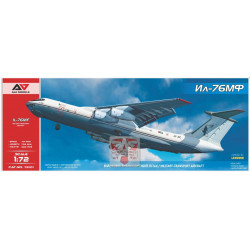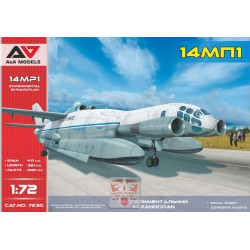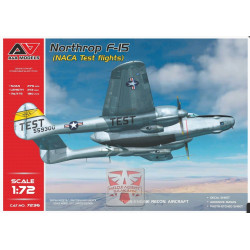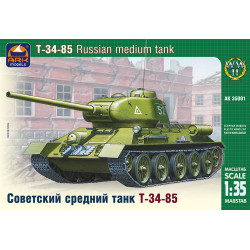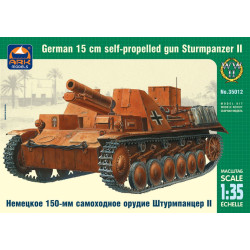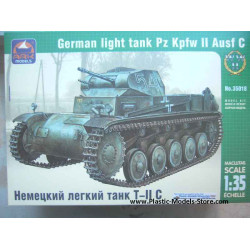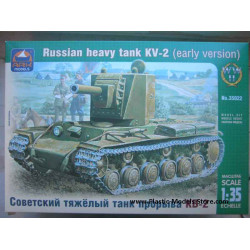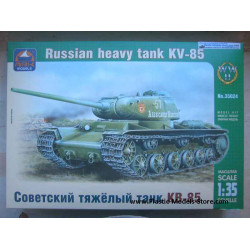

















Mikoyan MiG-3 Russian fighter
1/48 Aircrafts, Planes
Ark Models 48012
Manufacturer: Ark Models (Russia)
Scale: 1/48
Material: Plastic
Unpainted, Unassembled, Kit do not contain paints and glue.
Condition: New in Box
The Mikoyan-Gurevich MiG-3 (Russian: ÃœøúþÑý ø Óурõòøч ÃϿÓ-3) was aSoviet fighter aircraft used during World War II. It was a development of theMiG-1 by the OKO (opytno-konstruktorskij otdel — Experimental Design Department) of Zavod (Factory) No. 1 to remedy problems that had been found during the MiG-1's development and operations. It replaced the MiG-1 on the production line at Factory No. 1 on 20 December 1940 and was built in large numbers during 1941 before Factory No. 1 was converted to build the Ilyushin Il-2.
On 22 June 1941 at the beginning of Operation Barbarossa, some 981 were in service with the VVS, the PVO and Naval Aviation. The MiG-3 was difficult to fly in peacetime and much more so in combat. It had been designed for high-altitude combat but combat over the Eastern Front was generally at lower altitudes where it was inferior to the German Messerschmitt Bf 109 as well as most modern Soviet fighters. It was also pressed into service as a fighter-bomber during the autumn of 1941 but it was equally unsuited for this. Over time the survivors were concentrated in the PVO, where its disadvantages mattered less, the last being withdrawn from service before the end of the war.The large number of defects noted during flight testing of the MiG-1 forced Mikoyan and Gurevich to make a number of modifications to the design. Testing was done on a full-size aircraft in the T-1 wind tunnel belonging to the Central Aero and Hydrodynamics Institute (TsAGI) to evaluate the problems and their proposed solutions. The first aircraft to see all of these changes applied was the fourth prototype of the I-200. It first flew on 29 October 1940 and was approved for production after passing its State acceptance trials. The first MiG-3 as the improved aircraft was named on 9 December, was completed on 20 December 1940 and another 20 were delivered by the end of the year.
These changes included:
The engine was moved forward 100 mm (4 in) to improve longitudinal stability.
A new water radiator (OP-310) was fitted
The first two modifications which allowed an additional 250 litres (66 US gal) fuel tank to be fitted underneath the pilot's seat.
The outer wingpanel dihedral was increased by one degree to increase longitudinal stability.
An additional oil tank was mounted under the engine.
Piping was fitted to use cooled inert exhaust gasses in the fuel tanks to reduce the chance of fire.
The back of the pilot's seat was armored with a 8 mm (0.31 in) plate (increased to 9 mm (0.35 in) in later models).
The supercharger intakes were streamlined.
The main landing gear was strengthened and the size of the main wheels was increased to 650 x 200 mm (25.5 x 7.87 in).
The canopy glazing was extended aft to improve the view to the rear which allowed for the installation of a shelf behind the pilot for an RSI-1 radio (later upgraded to an RSI-4).
The instrument panel layout was improved and a PBP-1A gunsight replaced the original PBP-1.
Ammunition for the ShKAS guns was increased to 750 rounds per gun.
Two additional underwing hardpoints were added to carry up to 220 kg (485 lb) of bombs, spray containers or RS-82 rockets.
State acceptance testing of two production aircraft was conducted between 27 January and 26 February 1941. They were found to be over 250 kg (550 lb) heavier than the MiG-1, which reduced maneuverability and field performance. Time to 5,000 m (16,000 ft) decreased by over a minute and the service ceiling proved to be 500 m (1,600 ft) less. The MiG-3 was faster at sea level and at height. While the ranges reached by both aircraft were farther than that of the older aircraft, they were still less than the 1,000 km (620 mi) required. Mikoyan and Gurevich protested against the range results as their calculations showed that the MiG-3 could reach 1,010 km (630 mi) based on a specific fuel consumption (SFC) of 0.46 kg/km (1.64 lb/mile). During the State acceptance trials the SFC was 0.48 kg/km (1.71 lb/mile) but the operational trials conducted earlier showed a SFC of 0.38 kg/km (1.35 lb/mile). They blamed the deficiency on a failure to use an altitude correction and that the engines had not been properly adjusted. They went as far as arranging for two more flights between Leningrad and Moscow to prove the MiG-3 could fly 1,000 km (621 mi). Two production aircraft were flown to ranges of 1,100 km (680 mi) and 971 km (603 mi), flying at 90% of maximum speed and at an altitude of 7,300 m (24,000 ft), contradicting the report of the NII VVS
Despite the teething problems with the MiG-3, in 1941, one of the aircraft's designers—Mikhail Gurevich—was awarded the State Stalin Prize for his contribution to Soviet aviation.
A number of reports had been received about poor quality aircraft received by the regiments which pointed directly at the NII VVS as it was responsible for monitoring the quality of the aircraft delivered to the VVS. On 31 May 1941 the People's Commissariat of Defense decreed that the NII VVS had been negligent. A number of senior managers were demoted and the head of the Institute, Major General A. I. Filin was summarily executed.
A number of MiG-3s were found to have unacceptable performance at high altitudes despite being designed as a high-altitude interceptor. The oxygen supply was often insufficient and the stall and spin characteristics were very dangerous, especially to inexperienced pilots. This was demonstrated on 10 April 1941 when three pilots of the 31st Fighter Regiment of the Air Defenses (IAP PVO) attempted to intercept a German reconnaissance aircraft over Kaunas, Lithuania flying at 9,000 m (30,000 ft). All three aircraft entered irrecoverable spins and the pilots were forced to bail out, one being killed. The NII VVS sent an engineer to investigate and he found that the pilots had flown very few hours on the MiG-3 and that that was their first high-altitude sortie. Other problems included insufficient oil and fuel pressure at altitude due to problems with the pumps.
The MiG-3's top speed of 640 km/h (398 mph) at 7,200 metres (23,622 ft) was faster than the 615 km/h (382 mph) of the GermanMesserschmitt Bf 109F-2 in service at the beginning of 1941 and the British Supermarine Spitfire V's 603 km/h (375 mph).At lower altitudes the MiG's speed advantage disappeared as its maximum speed at sea level was only 505 km/h (314 mph) while the Bf 109F-2 could do 515 km/h (320 mph). Unfortunately for the MiG-3 and its pilots, aerial combat over the Eastern Front generally took place at low and medium altitudes where it had no speed advantage.
MiG-3
A restored MiG-3 at an air show.
Role
Fighter Interceptor
National origin
Soviet Union
Manufacturer
Mikoyan-Gurevich
Designer
Artem Mikoyan and Mikhail Gurevich
First flight
29 October 1940
Introduction
1941
Retired
1945
Primary user
VVS, PVO, Naval Aviation
Produced
1940–41
Number built
3,172
| General Product Info | |
| Material | Plastic |
| Scale | 1/48 |
| Type | Fighter / Interceptor |
We have the lowest worldwide shipping. And it's totally simple.
EUROPE, USA, CANADA TURKEY, ISRAEL, EGYPT, UE CHINA, JAPAN, HK, S.KOREA | AU NZ MX South America, Asia | |
| Order weight up to 0.22kg or 0.48lb | US$ 8.90 | US$ 8.90 |
| Order weight up to 0.44kg or 0.97lb | US$ 13.95 | US$ 17.90 |
| Order weight over 0.44kg or 0.97lb | US$ 19.99 | US$ 29.99 |
| Order total over $150 | FREE | PROMO US$ 19.99 |
Shipping to some countries not qualifies for the free shipping option but costs not over $29.99 for any sized order. Sorry for that, your location is too far.
- Stock: Out Of Stock
- Model: ARK48012
- Weight: 0.72lb
- DATE ADDED: 24/04/2014




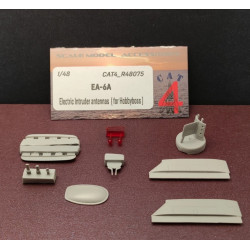

















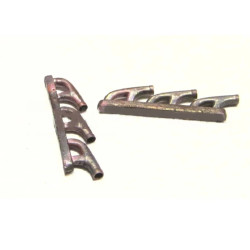










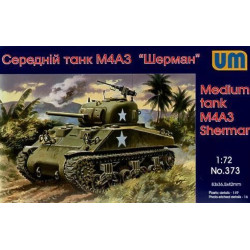









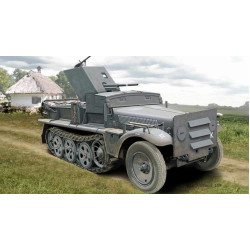
































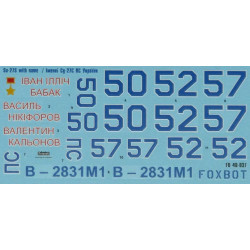








































-250x250w.jpg)













